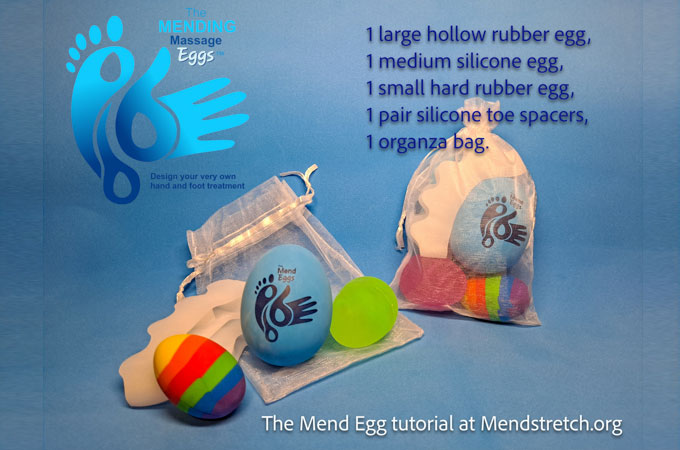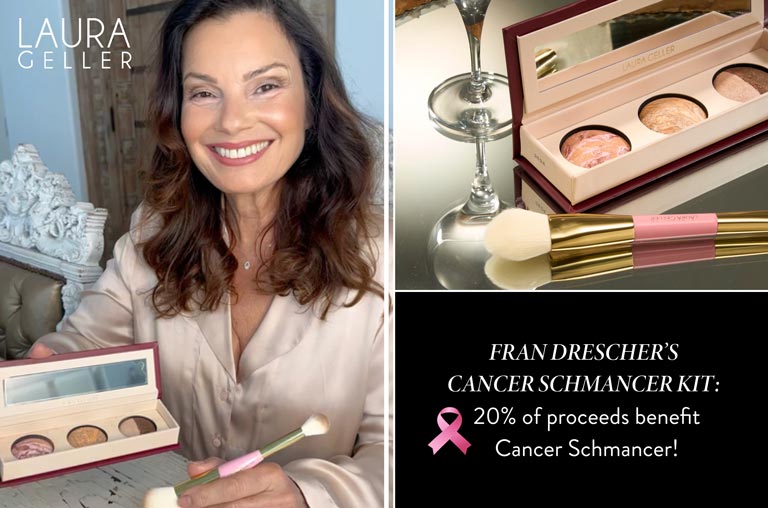Some Personal Care Products May Build Up In Pools
Water Quality: Standard chlorination steps do not break down some compounds that wash off swimmers
When swimmers skip the showers before diving into the pool, they may transfer personal care products into the water, some of which can persist and accumulate. A new study reports that pool chlorination does not break down some of these chemicals, allowing them to build up in concentration (Environ. Sci. Technol. Lett. 2014, DOI: 10.1021/ez5003133).
Pools generally have a variety of systems to reduce chemical and microbial contamination, such as filtration and chlorine-based disinfection. Chlorination can kill germs and break apart contaminants that wash off swimmers. But drinking water treatment plants use similar processes, and certain pharmaceuticals and personal care products have been detected in drinking water, says Ernest R. Blatchley III of Purdue University and Ching-Hua Huang of Georgia Institute of Technology. The researchers wondered whether the same might hold true in swimming pool water.
To find out, Blatchley, Huang, and their colleagues obtained water samples from three indoor pools—two university pools in Georgia and Indiana, and one at a high school in Indiana—that use common chlorination-based methods of water disinfection. They concentrated any potential contaminants with solid-phase extraction and then performed liquid chromatography-tandem mass spectrometry to look for 32 pharmaceuticals and personal care products, ranging from insect repellent to commonly prescribed drugs.
Among the compounds they identified was N,N-diethyl-m-toluamide, or DEET, a widely used insect repellent. This compound occurred in concentrations as high as those found in municipal wastewater—between 100 and 2,000 ng/L. Researchers also found concentrations of caffeine below 500 ng/L and trace amounts of the flame retardant tris(2-chloroethyl) phosphate, or TCEP.
DEET probably washed off swimmers’ skin into the water, the researchers say, and the detection of caffeine suggests the presence of urine and maybe sweat. It’s unclear how TCEP ended up in the water. A separate test exposing a range of pharmaceuticals and personal care products to chlorine showed why caffeine and DEET, but not other compounds such as acetaminophen and naproxen, were found in the pool samples. The latter two broke down almost completely within hours of being exposed to chlorine, the researchers found, while more than 80% of the caffeine and DEET persisted for 24 hours.
























